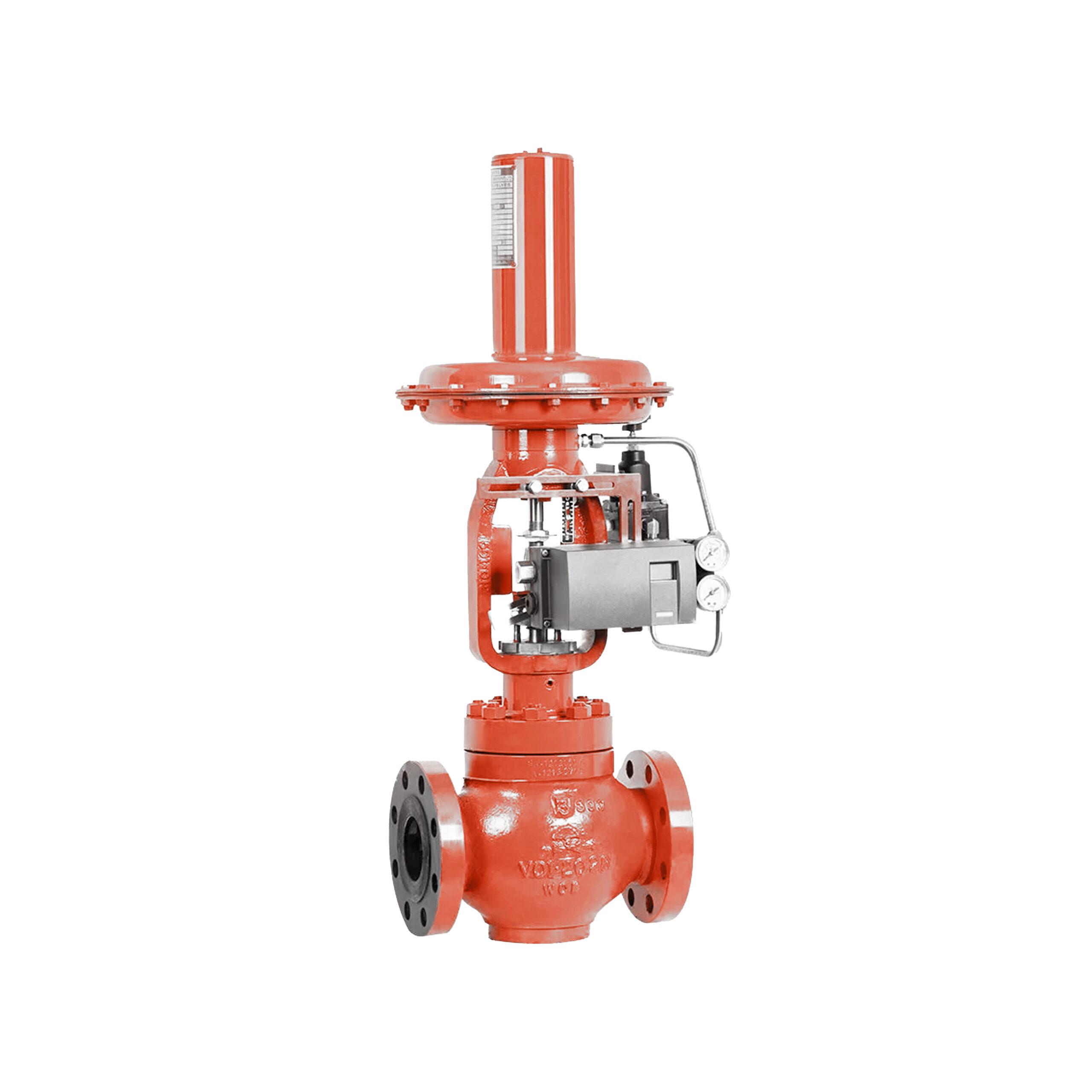Understanding the Significance of Control Valves in Process Automation
Understanding the Significance of Control Valves in Process Automation
Blog Article
Achieve Seamless Assimilation and Control With High Quality Structure Automation Controls
In the world of contemporary building management, the relevance of high quality structure automation controls can not be overemphasized. As modern technology remains to breakthrough, the combination and control of various systems within a structure have actually developed to be more innovative and effective. The smooth operation and tracking of illumination, A/C, safety and security, and various other building features have actually come to be extremely important for improving occupant comfort, power efficiency, and total operational efficiency. The journey towards accomplishing real combination and control is a complex one, with considerations varying from system compatibility to cybersecurity. Accepting quality structure automation controls is not just a matter of benefit yet a strategic essential for companies intending to maximize their centers' efficiency and sustainability.

Development of Structure Automation Controls
Throughout the past couple of years, the development of building automation controls has actually considerably changed the means buildings are managed and run. Building automation systems primarily concentrated on fundamental functions such as regulating air flow, heating, and air conditioning (COOLING AND HEATING) systems. As innovation advanced, these controls have actually come to be more sophisticated, allowing for a broader array of building systems to be integrated and handled centrally.
The advancement of building automation controls has seen a change in the direction of even more smart systems that can adjust to changing conditions in real-time. This adaptability is crucial for enhancing power effectiveness and ensuring occupant comfort. Furthermore, contemporary building automation controls currently supply attributes such as anticipating upkeep, remote surveillance, and data analytics, allowing facility supervisors to make data-driven choices to enhance structure performance.

Advantages of High Quality Integration
The advancement in structure automation controls in the direction of even more smart systems has underscored the considerable advantages of quality integration in optimizing structure operations and boosting general performance. This central control also offers far better presence and insights into structure performance, enabling proactive upkeep and optimization methods. Overall, the advantages of quality combination in structure automation controls are obvious, using boosted performance, convenience, and operational efficiency.
Enhanced Customer Experience and Ease Of Access
Enhancing individual interaction with building automation regulates with user-friendly style and improved availability raises the total experience for occupants and facility supervisors alike. By concentrating on customer experience, developing automation systems can end up being more reliable and user-friendly. Instinctive user interfaces, clear navigating, and adjustable setups equip individuals to connect with the controls easily and efficiently.
Ease of access functions play a crucial function in ensuring that all people, including those with handicaps, can utilize the structure automation regulates with simplicity. Integrating attributes such as voice commands, responsive buttons, and color-contrasted displays can improve ease of access and official website make the controls a lot more inclusive.
Additionally, improved user experience leads to higher customer satisfaction, boosted efficiency, and better decision-making. Residents can readjust environmental setups according to their preferences, while facility supervisors can effectively check and take care of building systems - control valves. Overall, focusing on user experience and access in structure automation manages adds to a more effective and seamless building atmosphere for all stakeholders entailed
Lasting Practices With Automation

Additionally, automation can promote the integration of renewable resource resources such as photovoltaic panels or wind generators into building procedures. By instantly readjusting energy usage based upon the accessibility of renewable resource, structures can even more minimize their reliance on non-renewable sources. This smooth combination of sustainable methods not just profits the setting yet likewise enhances the total operational performance and cost-effectiveness of the building. Through automation, structures can line up with contemporary sustainability objectives and contribute to a greener future.
Future Trends in Structure Control Equipment
One famous trend forming the future of building control systems is the raised integration of Artificial Intelligence (AI) and equipment understanding. Additionally, the Web of Things (IoT) is revolutionizing building control systems by attaching sensors and devices to improve and streamline procedures performance.
An additional crucial pattern is the focus on cybersecurity procedures to safeguard versus prospective threats to constructing automation systems. As buildings come to be a lot more interconnected, making sure durable cybersecurity protocols will be important to protect delicate data and prevent unapproved access.
Furthermore, the change towards cloud-based platforms is gaining energy, permitting centralized control and remote access Going Here to structure systems. This helps with much easier surveillance, maintenance, and updates, boosting the general performance and versatility of structure control systems. As modern technology continues to development, these fads are expected to shape the future landscape of building automation controls, driving development and sustainability in the constructed atmosphere.
Final Thought
Future trends in structure control systems are likely to concentrate on further boosting automation capabilities for boosted power efficiency and general performance. It is crucial for building owners and operators to focus on the adoption of top quality structure automation controls to enhance More hints building operations and achieve long-lasting sustainability objectives.
In the world of modern building monitoring, the importance of high quality building automation controls can not be overemphasized. In general, the evolution of structure automation manages proceeds to drive technology in the structure administration industry, providing brand-new possibilities for developing smarter and a lot more lasting buildings.
The development in structure automation manages towards even more intelligent systems has actually highlighted the considerable advantages of top quality combination in optimizing building procedures and boosting general performance. On the whole, prioritizing individual experience and access in structure automation regulates adds to an extra effective and smooth building atmosphere for all stakeholders included.
It is crucial for structure owners and operators to focus on the adoption of top quality structure automation manages to enhance structure procedures and achieve long-term sustainability objectives. - control valves
Report this page